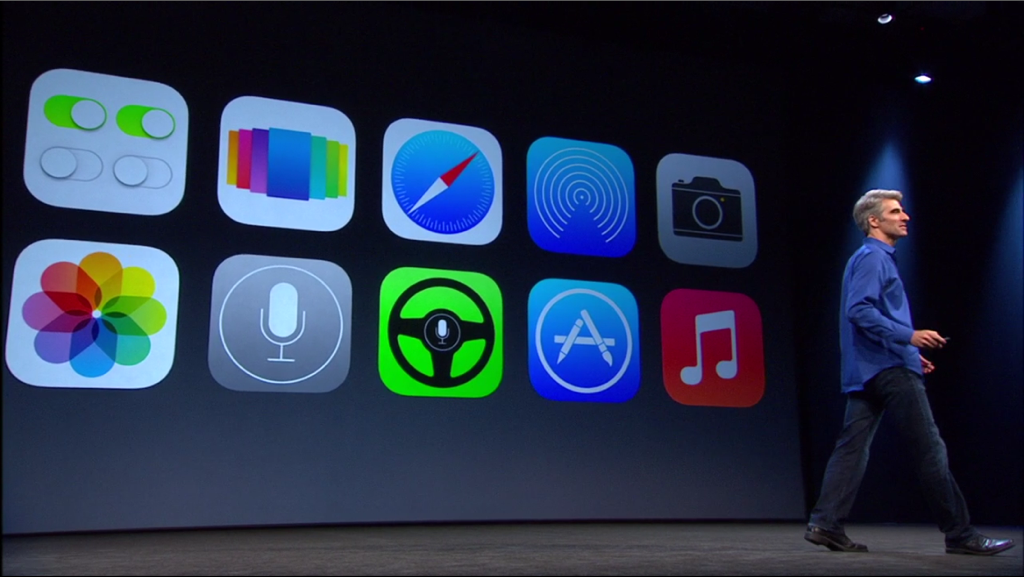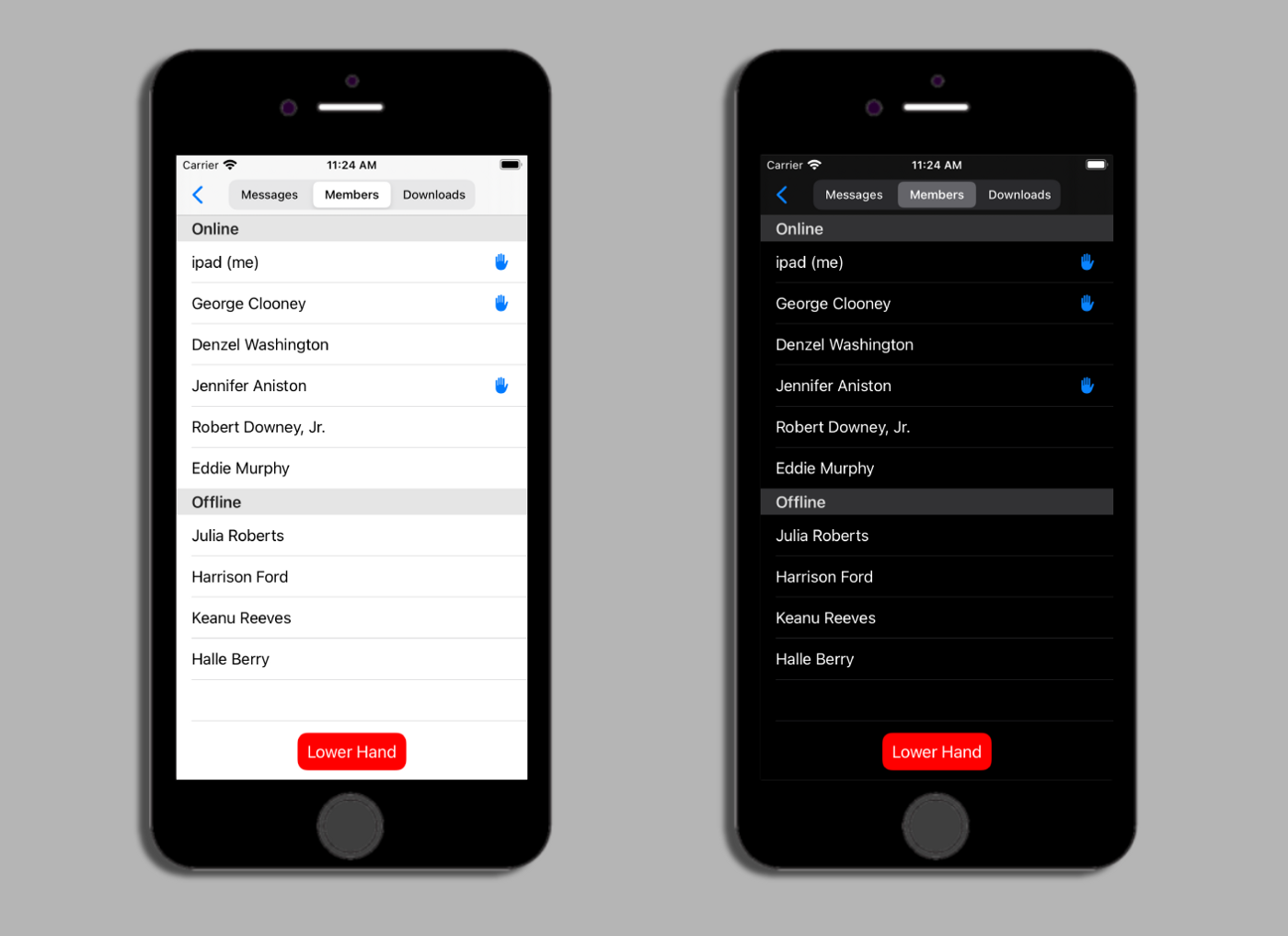

Along the way, we’ll use many different techniques and APIs, which lets us explore the underlying rules of the SwiftUI layout system. Let’s take a look at the SwiftUI layout system by starting to build a full-screen view from scratch. We’ll also make it resizable, provide a size, and put it inside a circular clip shape. Now let’s add this avatar to our trailing view. First, add your personal avatar image to your Assets in Xcode and name it whatever you want.

Getting close! Now we can add our avatar image to our trailing view. The system renders the image at a relative size based on the available space and configuration options of the image it is scaling. The example below shows the relative scaling effect. Configure symbols with a font.ĭiscussion. font (font) The following example shows how SF Symbols adapt to the font it configured with. In a sentence, the TimelineView allow us to refresh a SwiftUI view at a given time internal, like every minute, every second or specific dates in the future.Let image = UIImage (systemName: "book.circle", withConfiguration: configuration) SwiftUI: let font = Font. If you’re not familiar with it, here is my previous article on the subject. I can add some animation too, by moving them every second via a TimelineView. This is a sample effect, I want to draw 20 images of a clock with a different opacity. Let’s end the article with another example: drawing some images on the screen inside a Canvas.
#Ios systemname images code#
It is even possible to use a CGContext, so you may be able to use some old code that uses CGContext inside SwiftUI without bridging to UIKit. You can also fill a shape, or draw an image or text in the context. We can use a for loop instead of ForEach, and we call the stroke method on the context to draw a shape. There isn’t a view builder here, inside the closure you don’t return a View, we just interact with the context. This is why I don’t need a GeometryReader this time, the size is provided by Canvas itself.Īs I mentioned at the beginning of the article this view is different from other SwiftUI views. We have a GraphicsContext we can use to draw on the screen and the CGSize of the view. This is all the code necessary to perform the same drawing.Ĭanvas provides a closure with two variables. This is the code of the old implementation (see here) but is it similar for Canvas except I don’t need the GeometryReader.Įnter fullscreen mode Exit fullscreen mode In order to get the user’s finger position on the screen we can use a gesture recogniser. In particular you can find the Canvas part here and the old implementation in this project. I’ll capture the user’s touches the same way, so you’ll only see a different way of drawing a set of shapes with SwiftUI.Īs usual, all the code is available on GitHub. The example is quite simple, we want our user to draw on the screen with the finger. In this article I’ll show the same example with Canvas (requires iOS 15 as you may guess) and without it, by using only SwiftUI views. That’s why I said a more “traditional” way, you’re not going to put SwiftUI views inside a Canvas, maybe you can think of it like the draw method in a UIView. The Canvas is a SwiftUI view, but it doesn’t work with a ViewBuilder like other views. In a sentence, the new Canvas view is a particular view in SwiftUI that enables you to draw in GraphicContext in a more “traditional” way. This article is about another nice introduction in SwiftUI at WWDC21, the Canvas view.Ĭanvas is also the name Apple gave to the live preview of SwiftUI views in Xcode, so you may find this post by accident while looking for that specific feature.


 0 kommentar(er)
0 kommentar(er)
